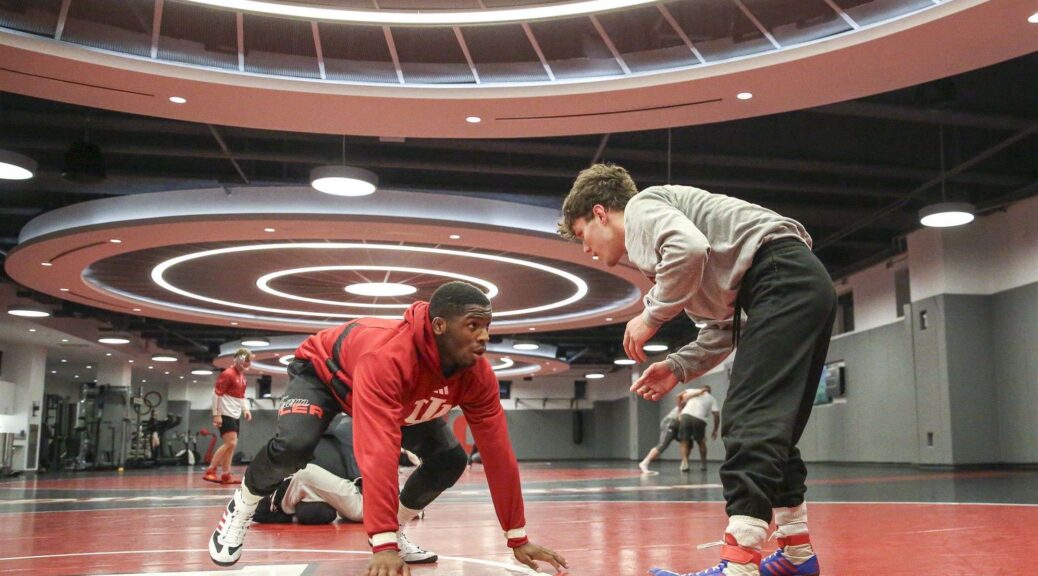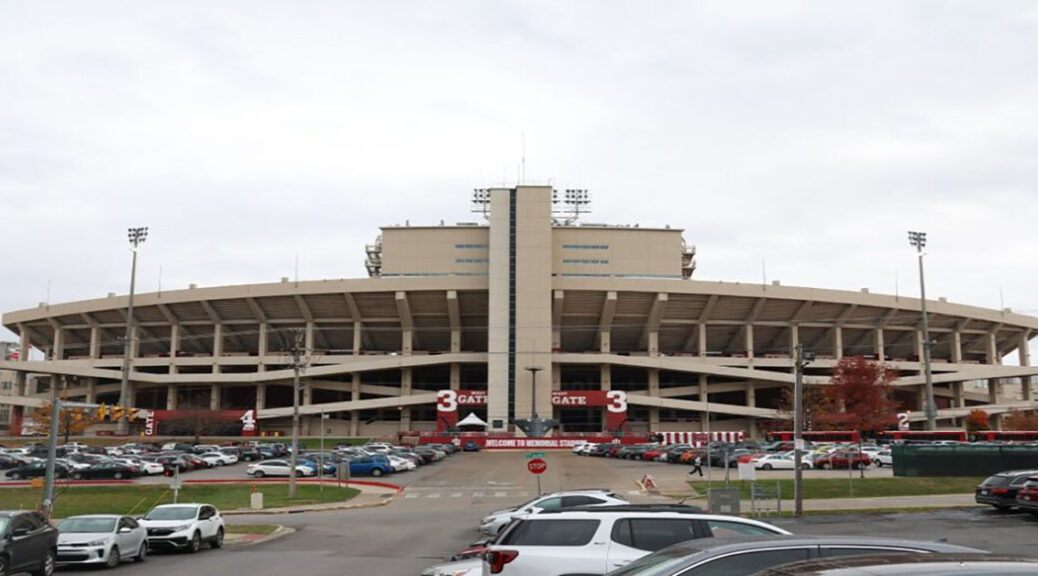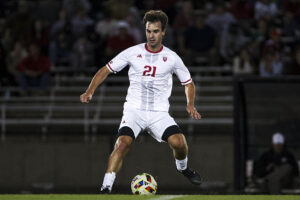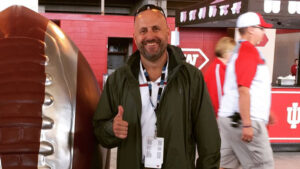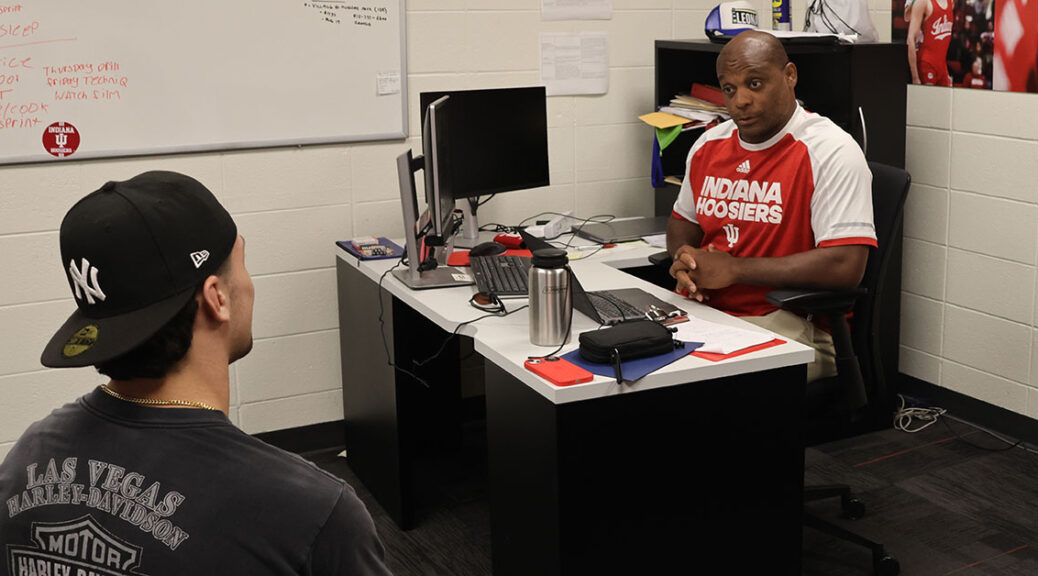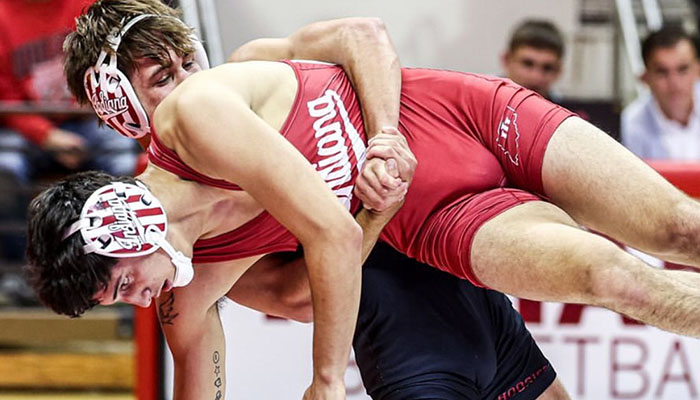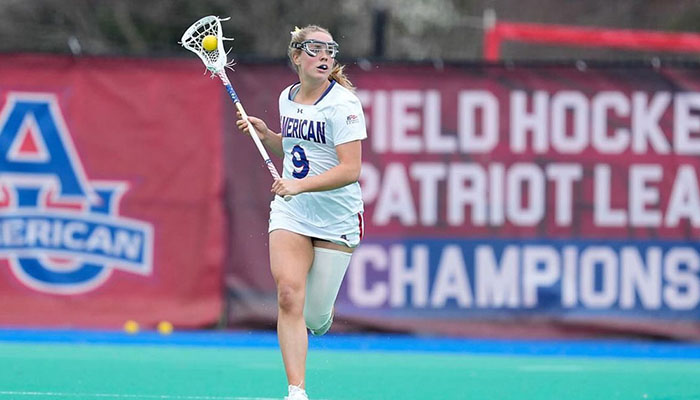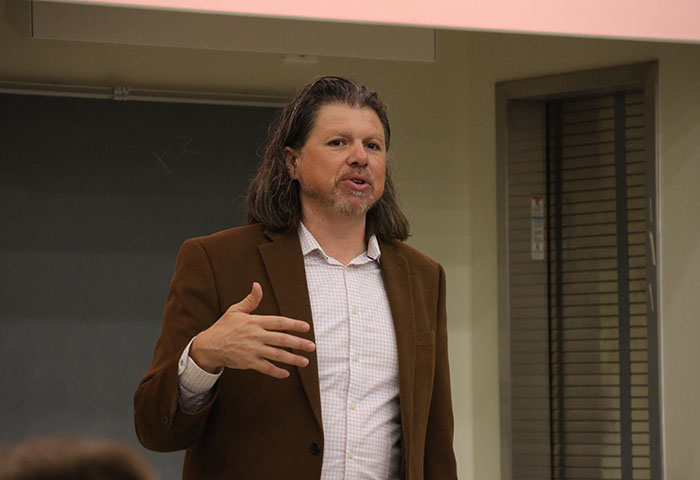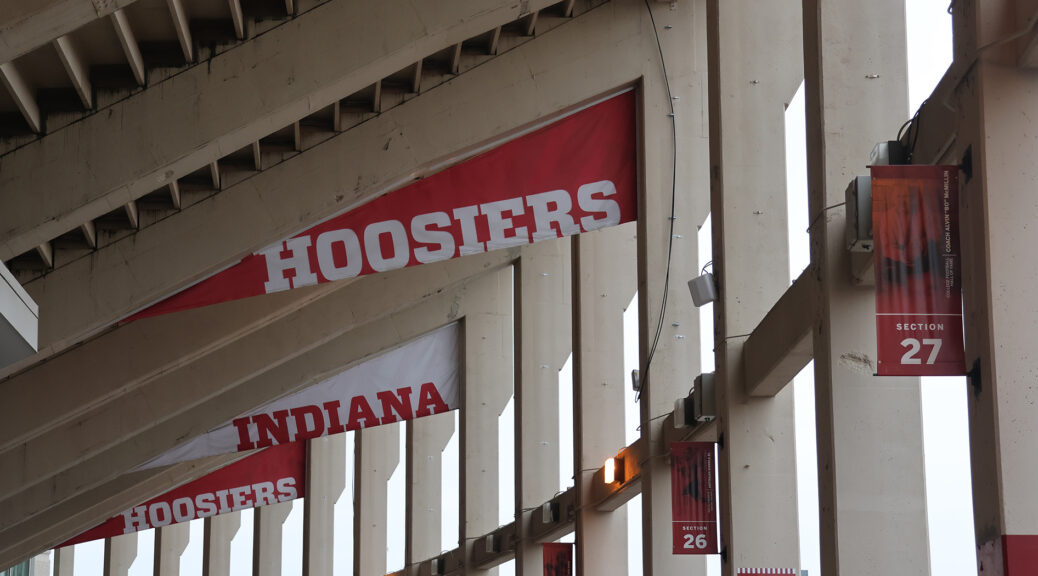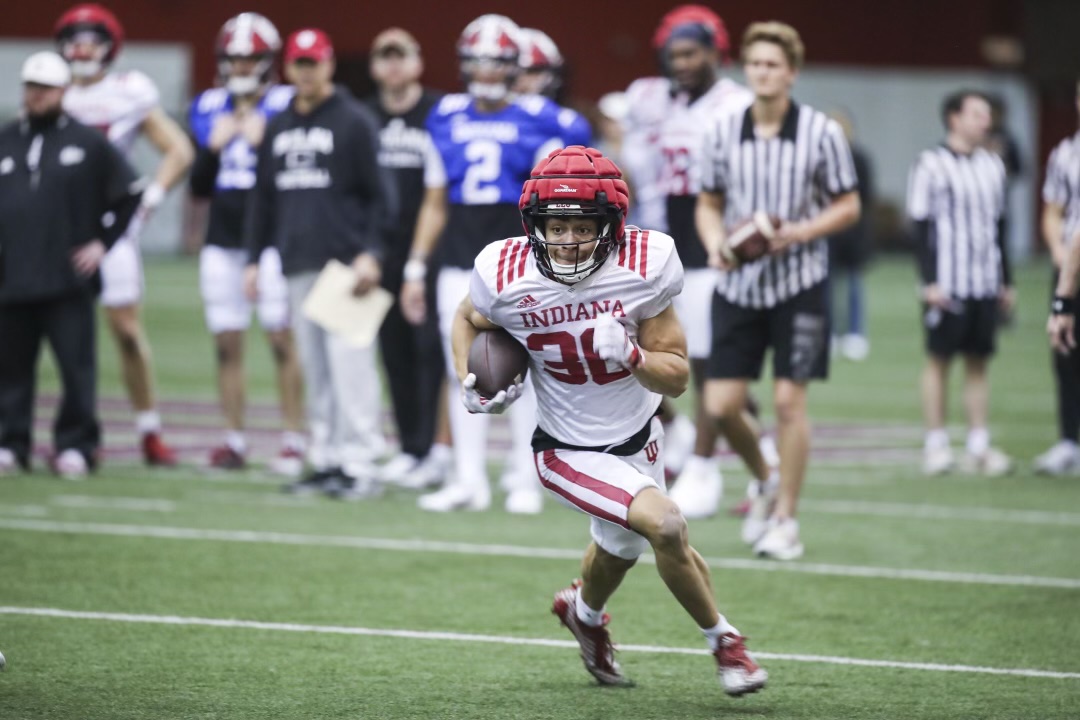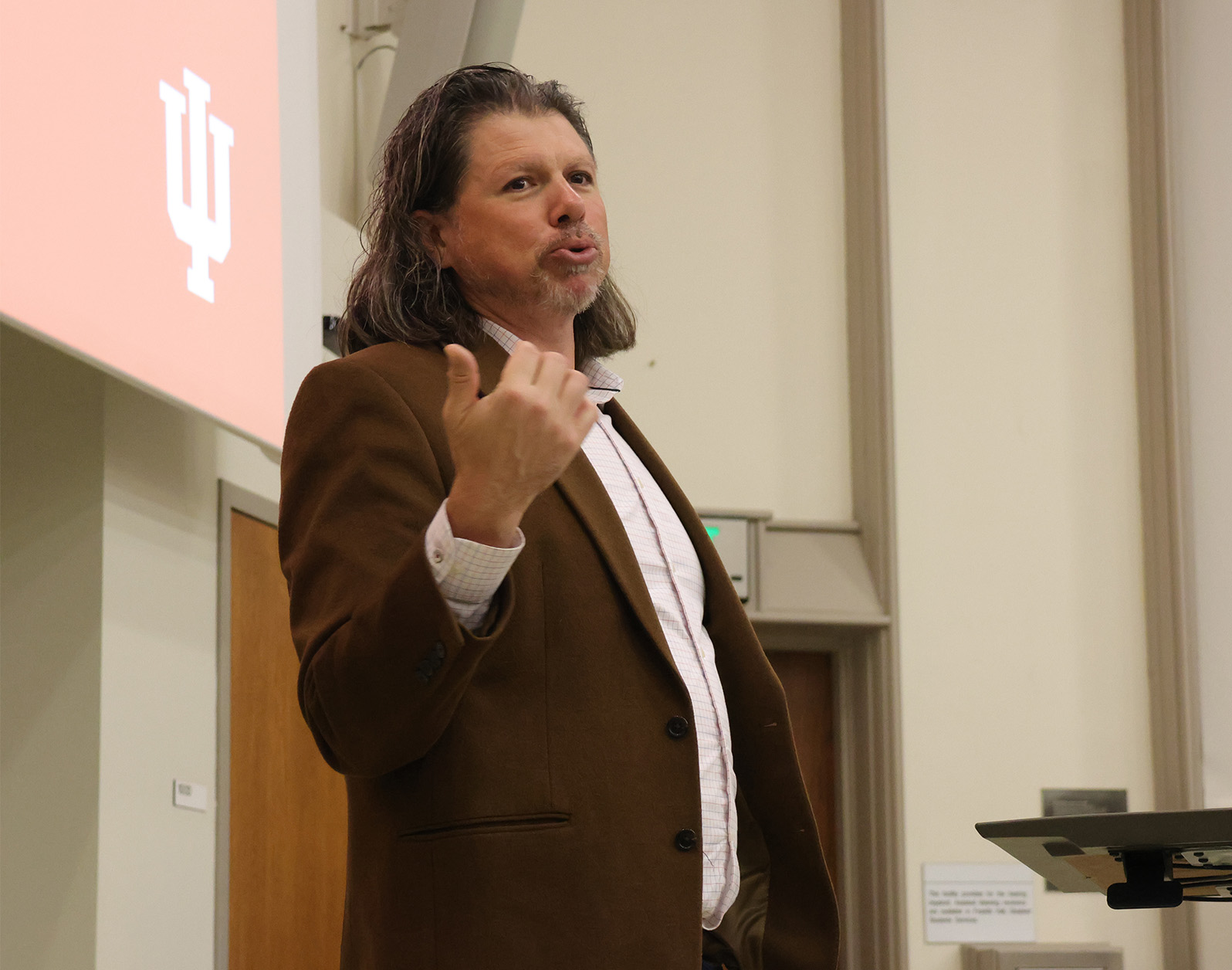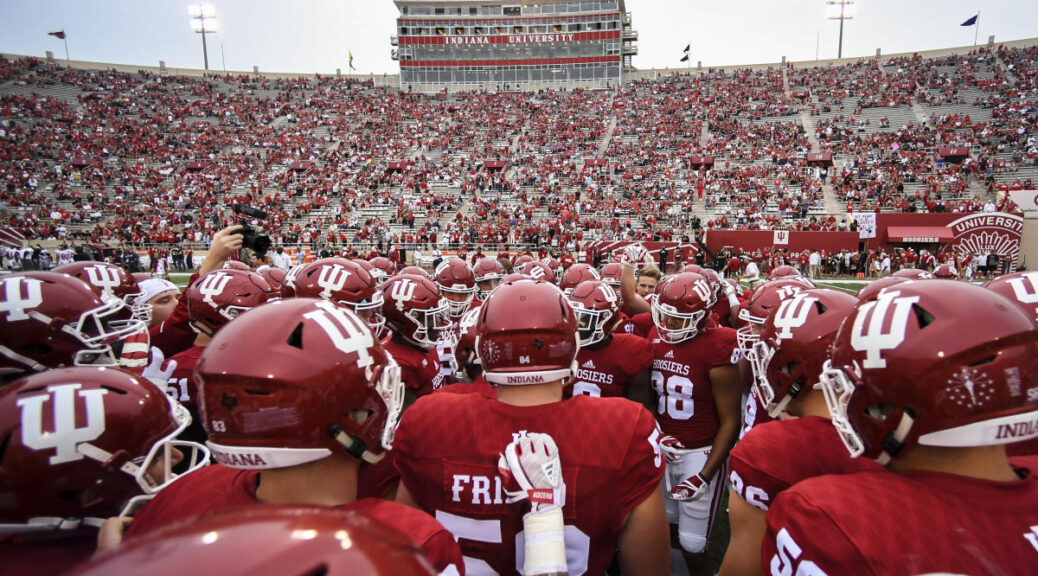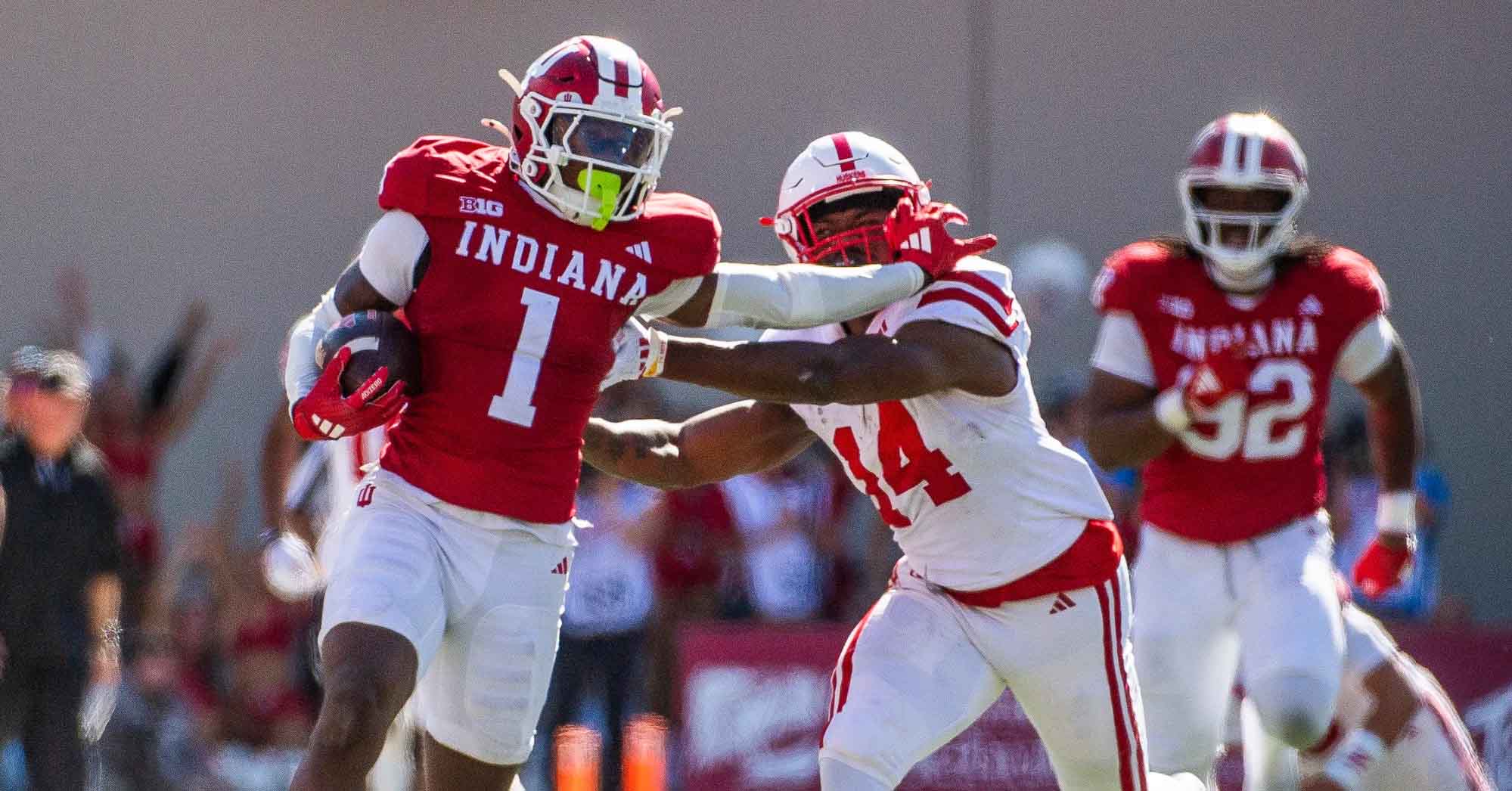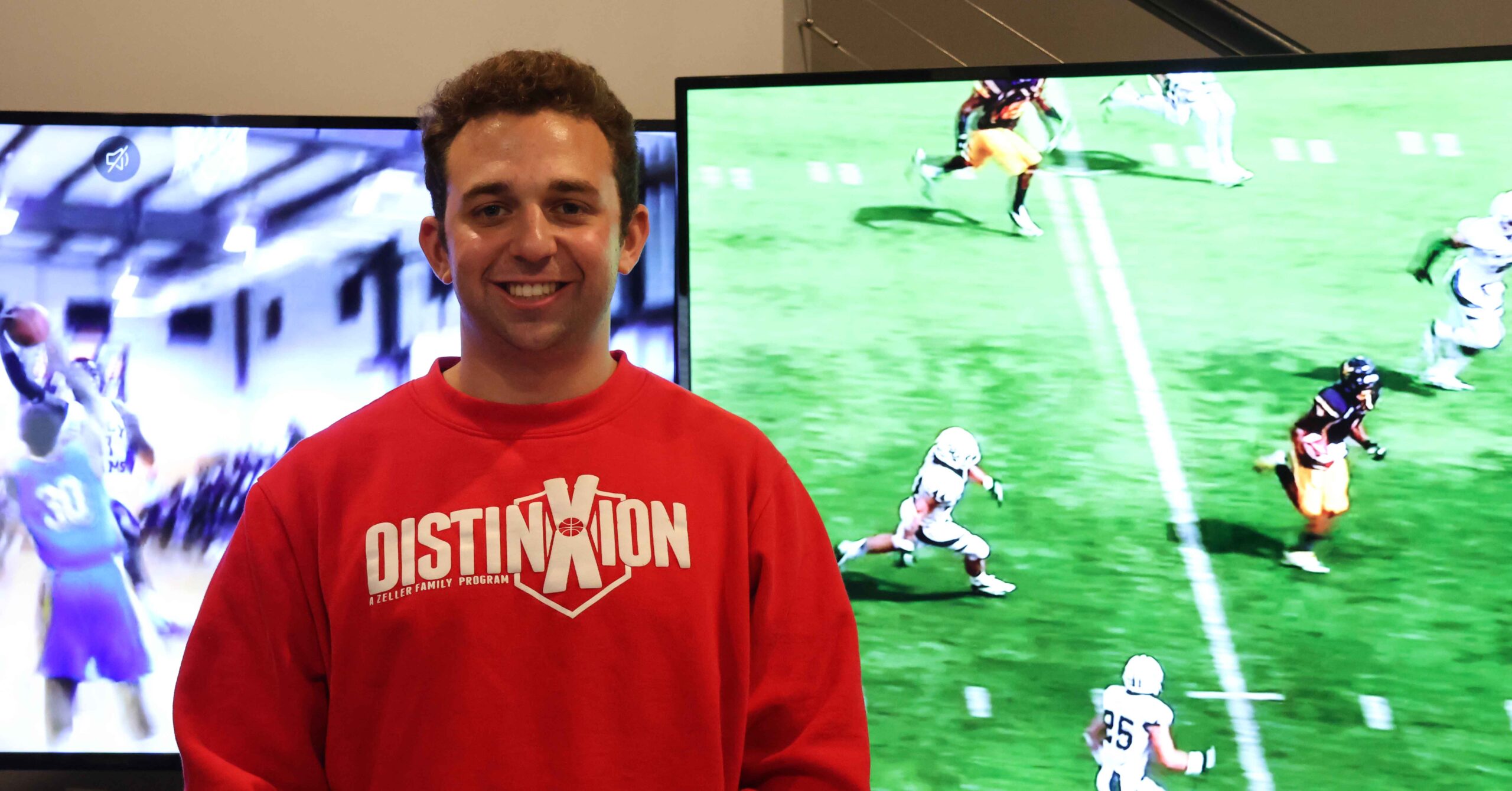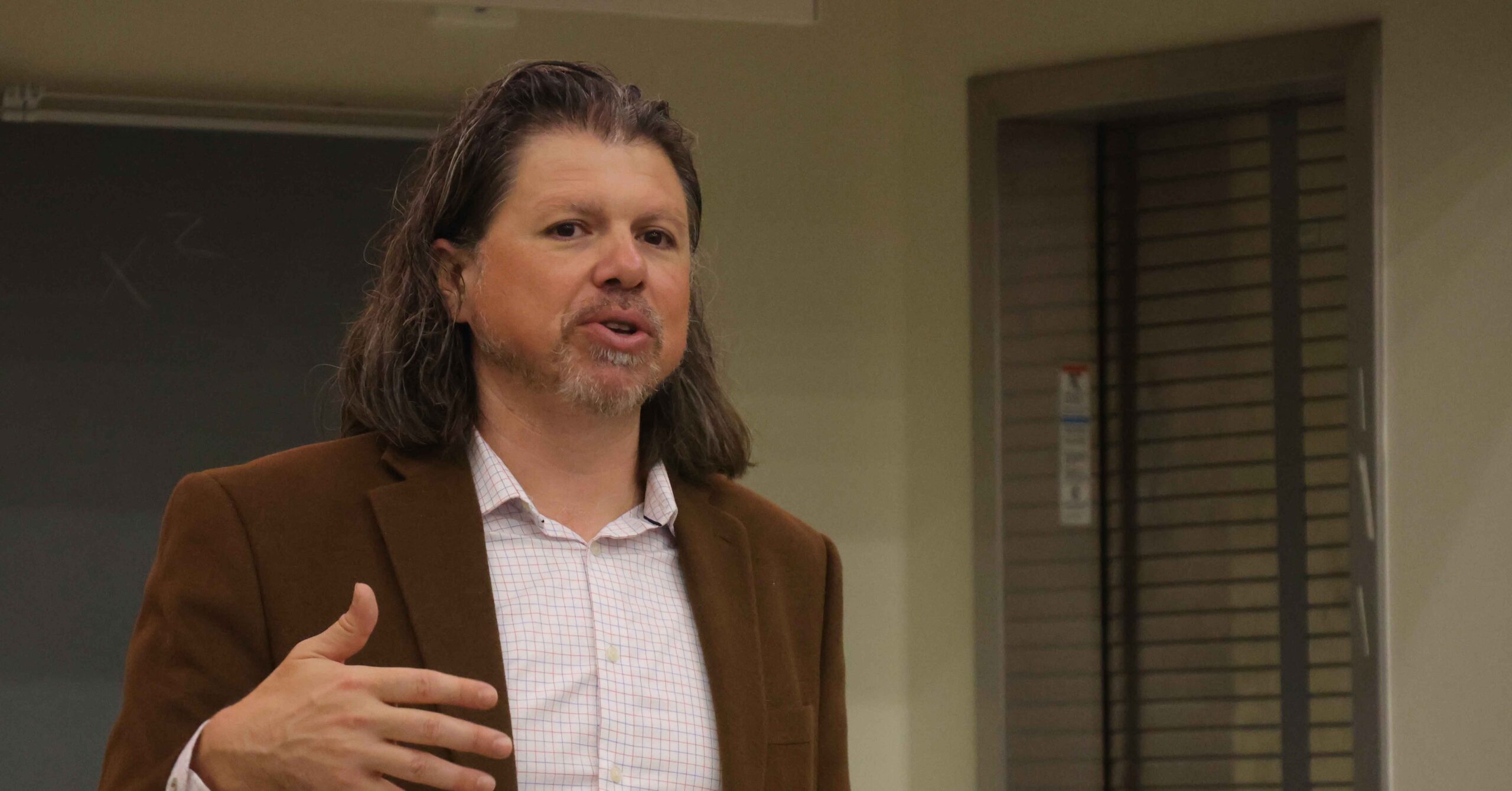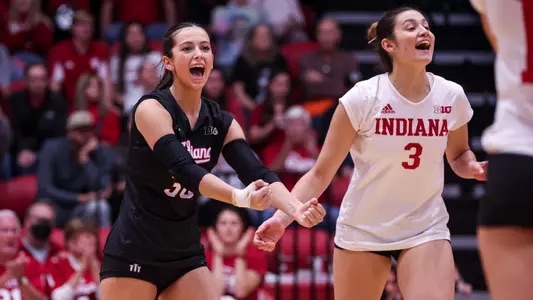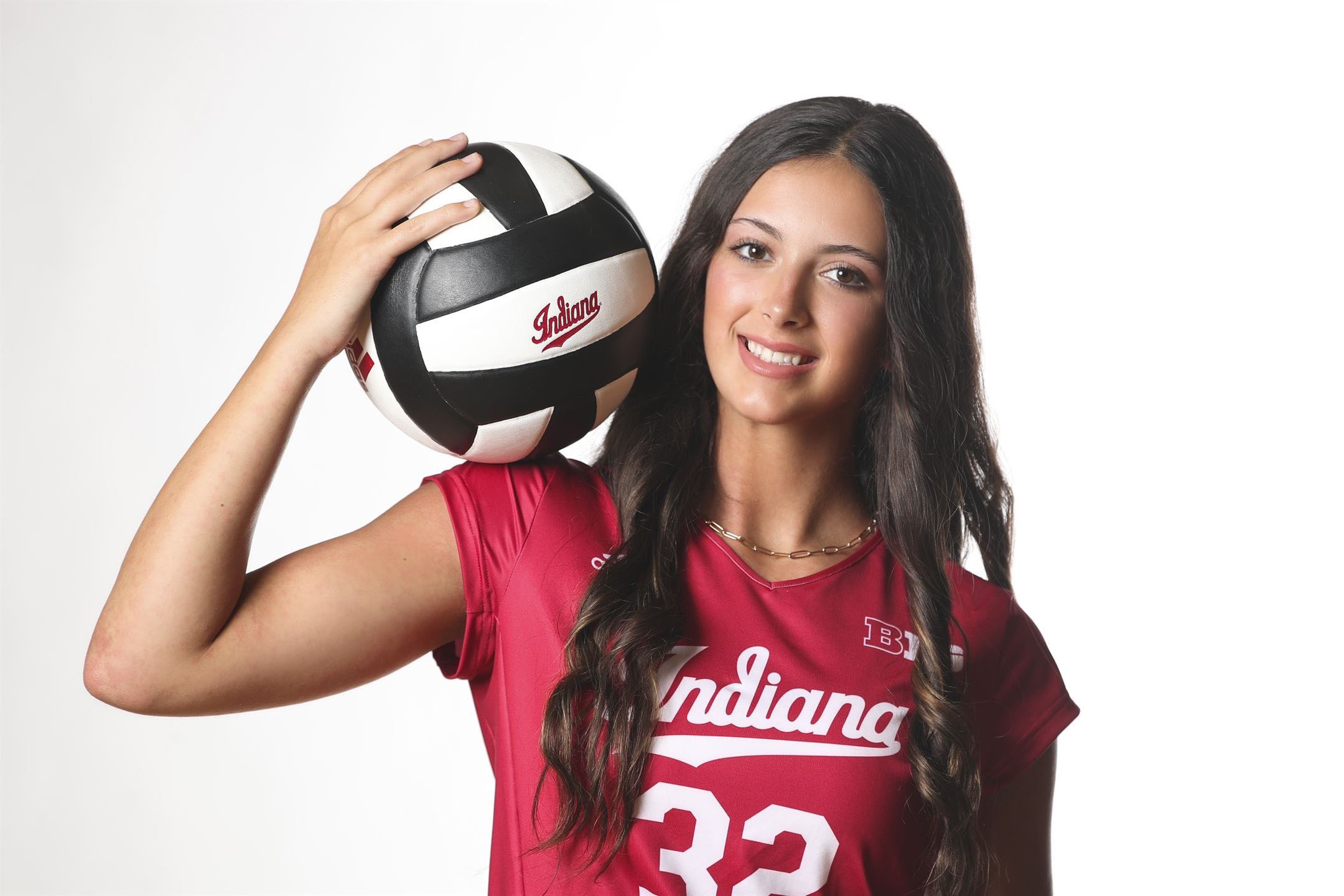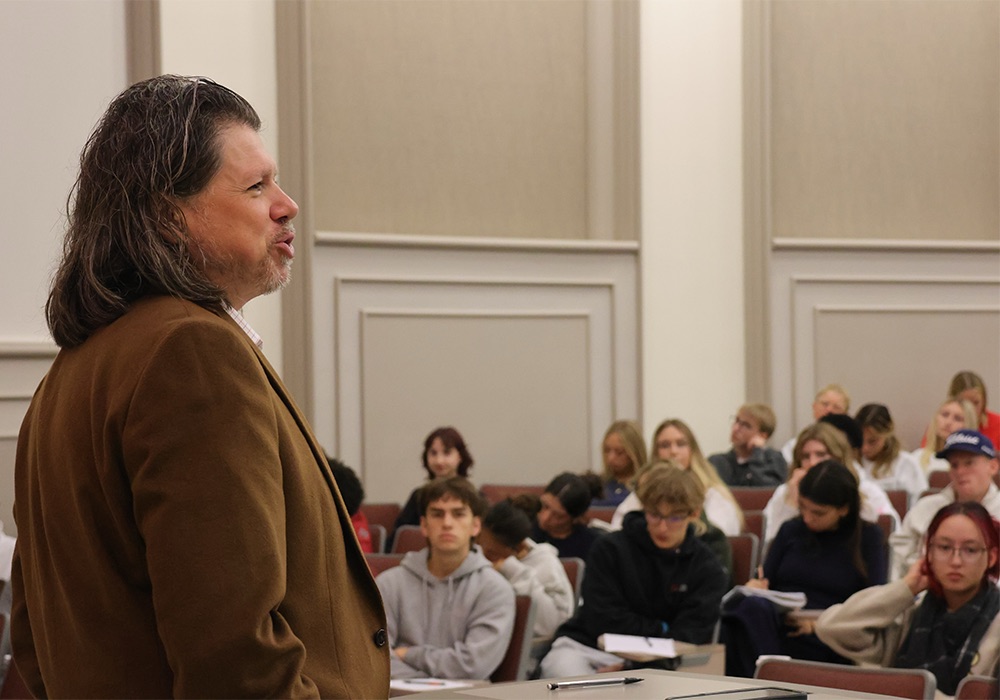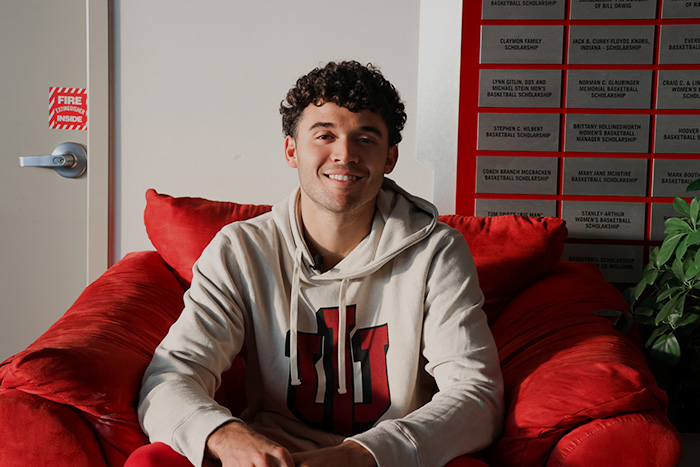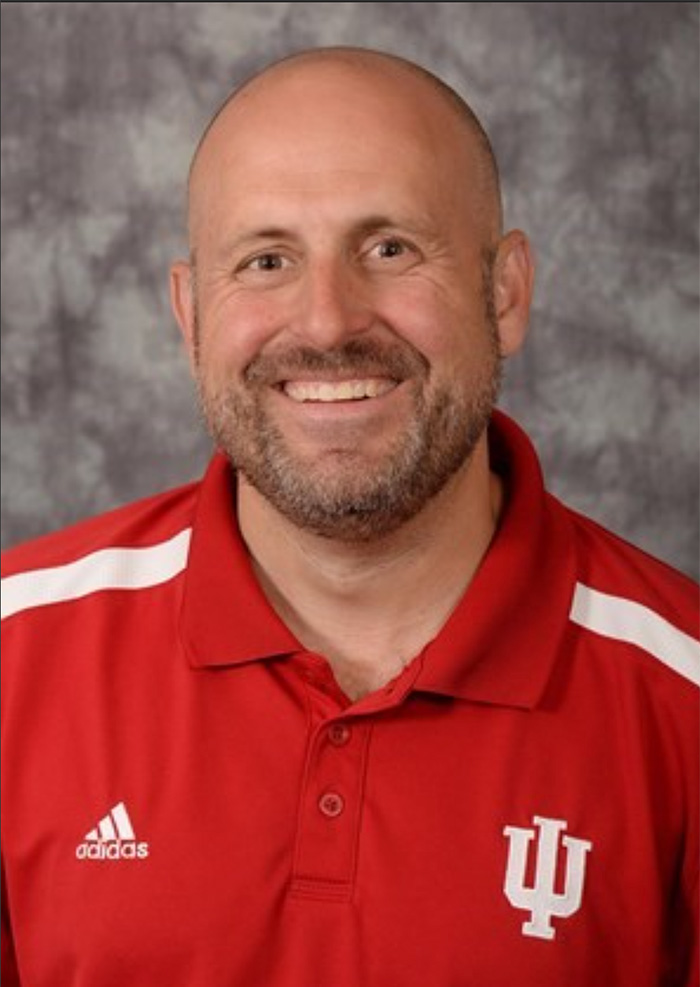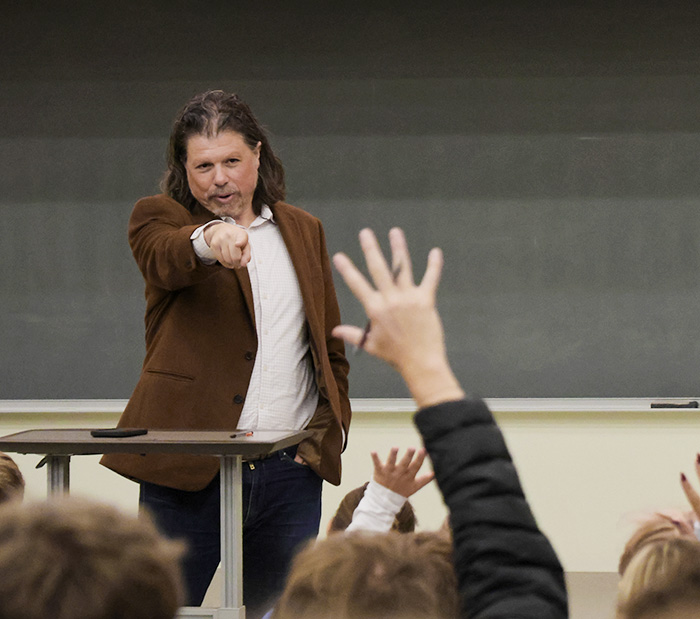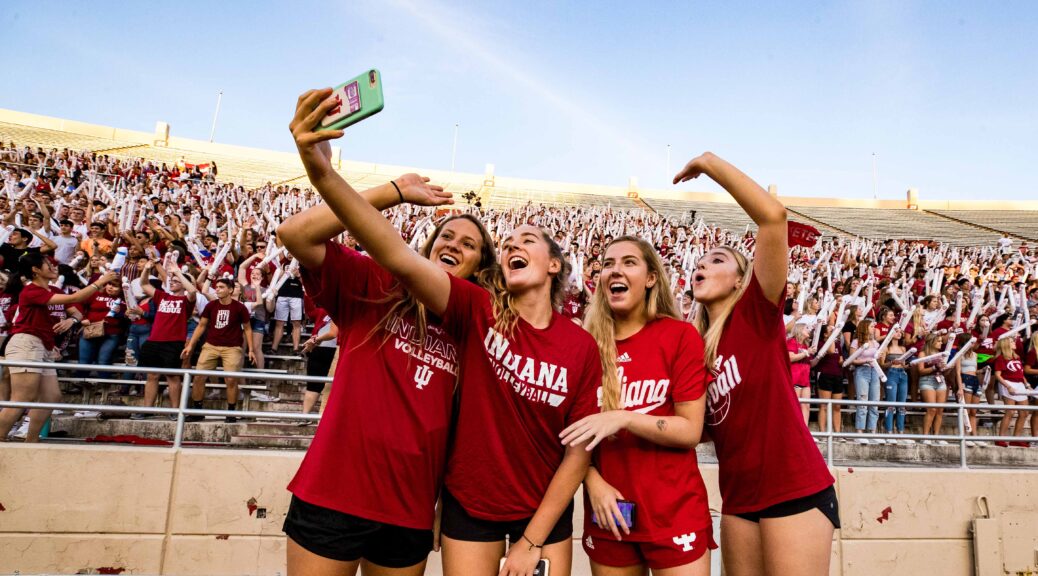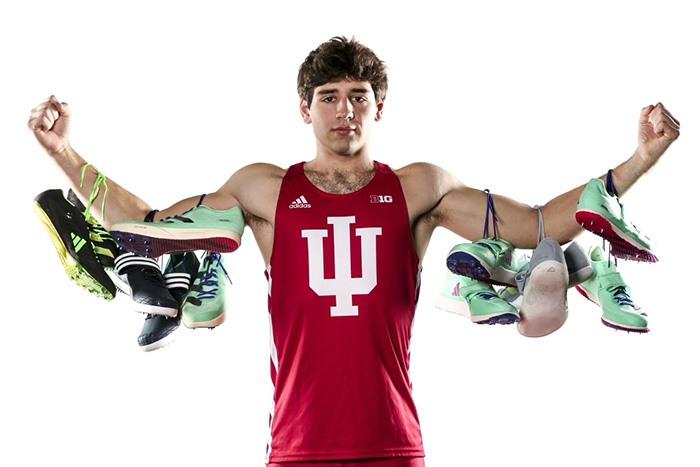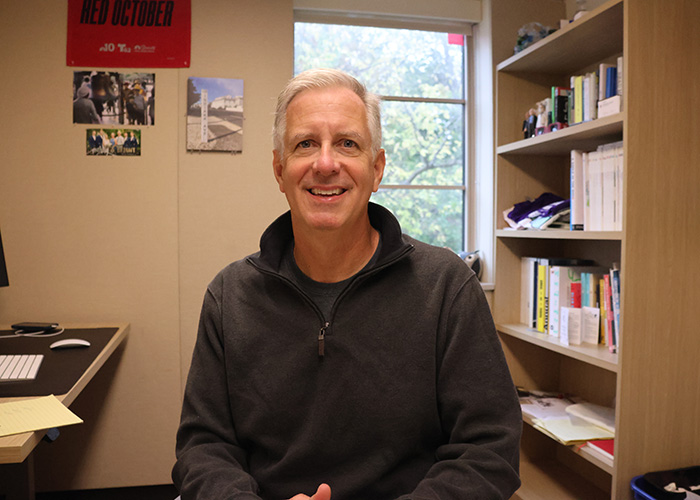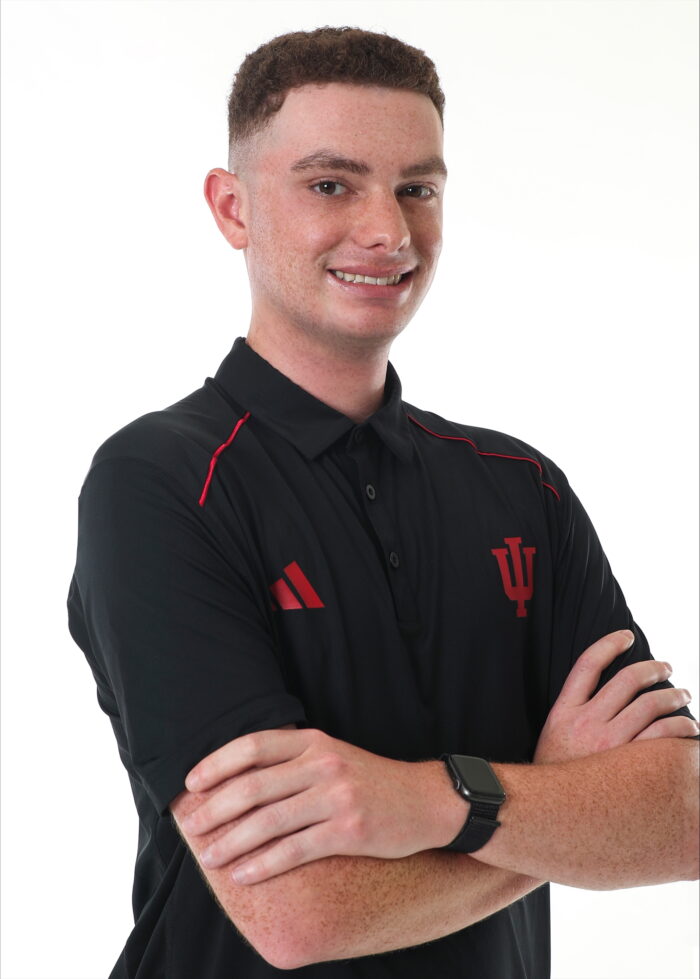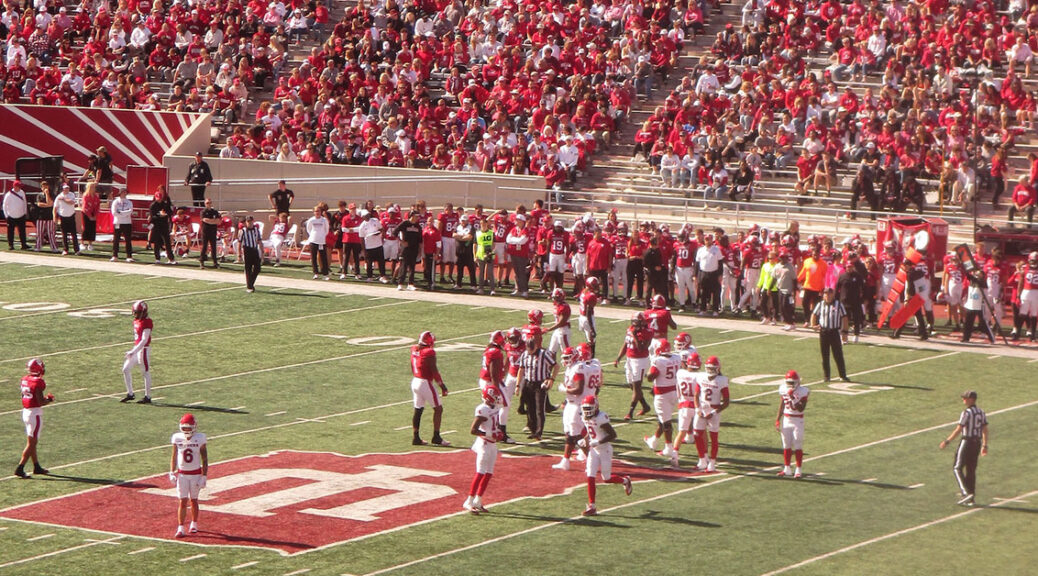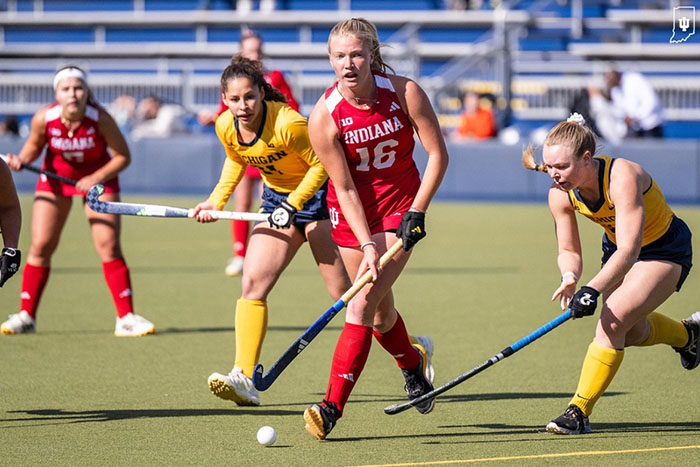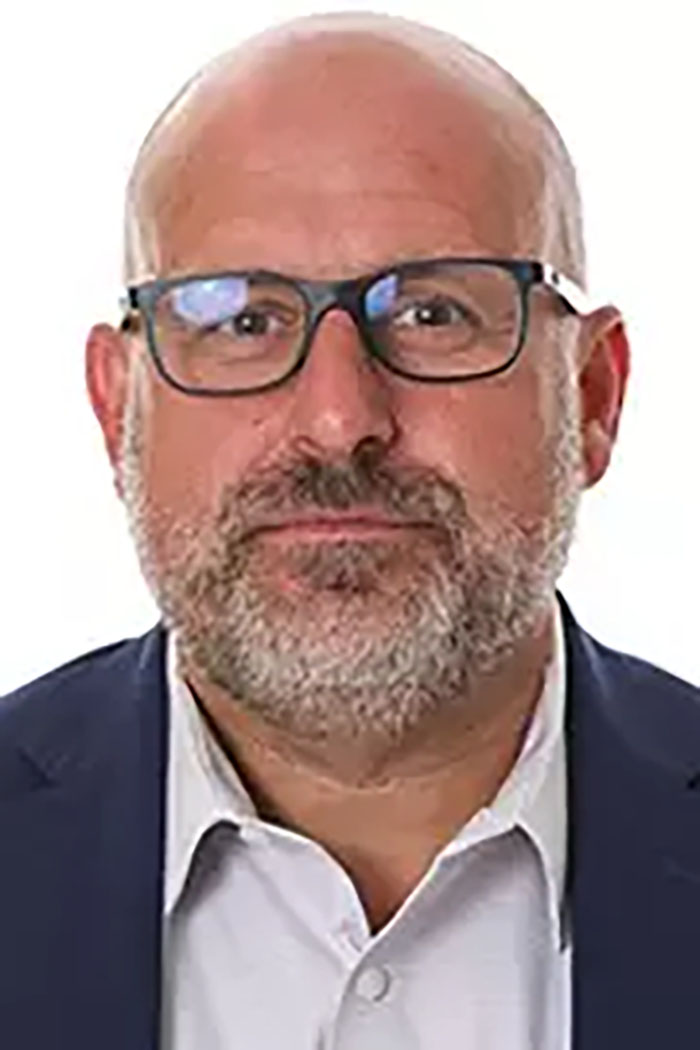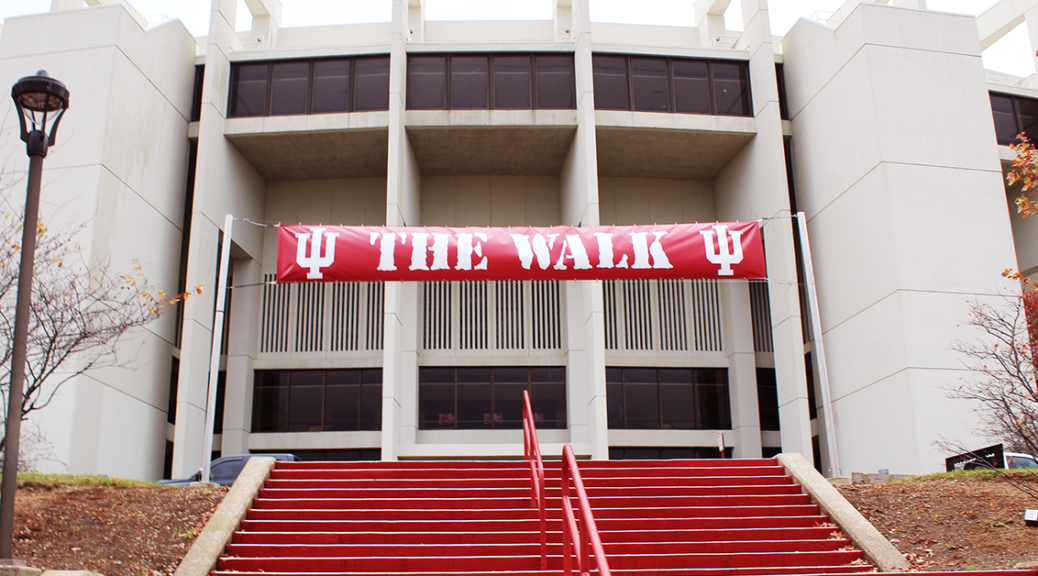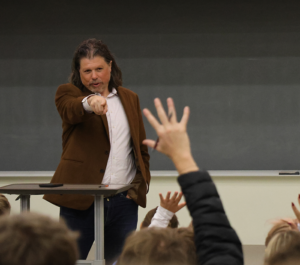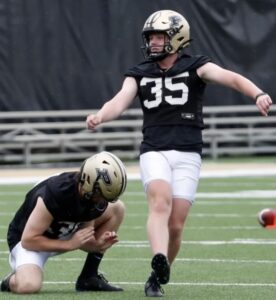Elevating The Game: N.I.L. Strategies for Success
By Cooper Inskeep, Sloane Killinger and Jilly Hilderbrand
BLOOMINGTON, Ind. (Nov. 5, 2024) – High schools are feeling the impact of NIL as student-athletes explore endorsement deals and brand partnerships. This change is reshaping how recruitment works, affecting athletic programs, and redefining the high school experience for young athletes. The ideas behind the NIL structure are shaping the economic shift in 16-23-year-olds in ways that nobody would have expected.

With the continued success of athletes the more money and fame that is expected with the success. But more prevalently is becoming an issue among high school athletes and high schools in general across the country. Kids nowadays are seeing deals getting offered to them around sums of a million dollars, just to go play a sport for a college. This high demand has been seen significantly at Carmel High School, where Athletic Director, Jim Inskeep is seeing the change happen right in front of him, “Over 20 years ago when I started the athletes loved the game and did not even have thought about money, now it’s become. How are we going to market our best athletes so that they can make themselves money?” After talking to Jim and finding out more information about the state of where NIL was at the high school. He brought up how quickly it’s changing at the college level and as a result.
This evolution in college athletics has happened at such a rapid rate that colleges are still trying to understand it themselves on what steps need to be made. During the early part of 2024, the Sherman Act was taken to court by Tennessee. The Sherman Act is to protect consumers by promoting competition, keeping prices down, and maintaining quality. This Sherman Act was enforced by Tennessee which opened up and went to the NCAA. This court case allowed many universities to thank Tennessee for opening the floodgates and being allowed to use NIL funds “legally” to recruit players. College and high school athletes after this case now were allowed to openly talk about how much they receive as well as receive funds from other sorts of endorsements.
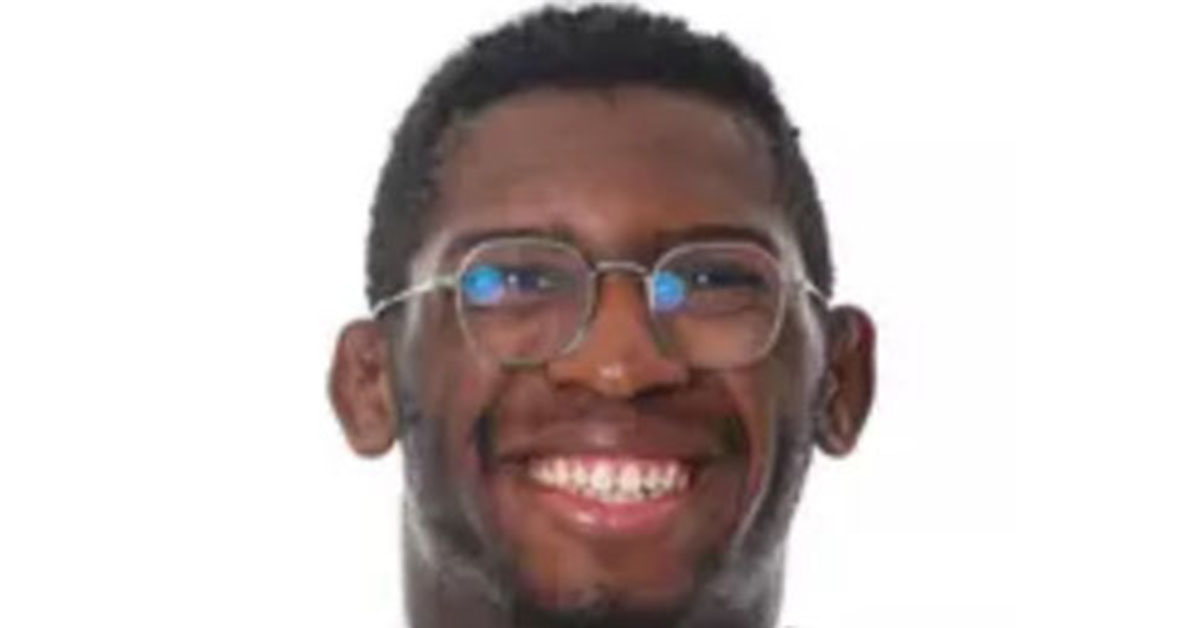
As in car dealerships and advertisements on TV. As well North Carolina just had an order signed into effect, that allows public school athletes in high schools the legal right to earn money off their NIL. On October 1st, a decision from the superior court judge set a path to reverse a policy that blocked high school athletes from making a profit off NIL deals. This ruling came into effect after 5 star quarterback, and the No 1. Player in the country for the class of 2026 Brandon Faizon filed a lawsuit with his family to try to obtain marketing for himself in the new high school landscape.
Dr. Galen Clavio hammered home this idea of athletes being to market themselves and making it an effort that players get paid, “The illustrated ametuer model is dead.” This model that has been followed for centuries before has been in place up until 2021 to “protect” college athletes. This process, which has now been adapted to the NCAA, has shown a new way for athletes to get paid while continuing to play their sport. But what makes this such a tricky situation to handle is how universities are going about paying players. It’s now a war of nutrition for the top universities getting the top players from across the country. Clavio made this clear in his press conference about where the state of college athletics is going, “It’s a game between 20 million dollar rosters.”
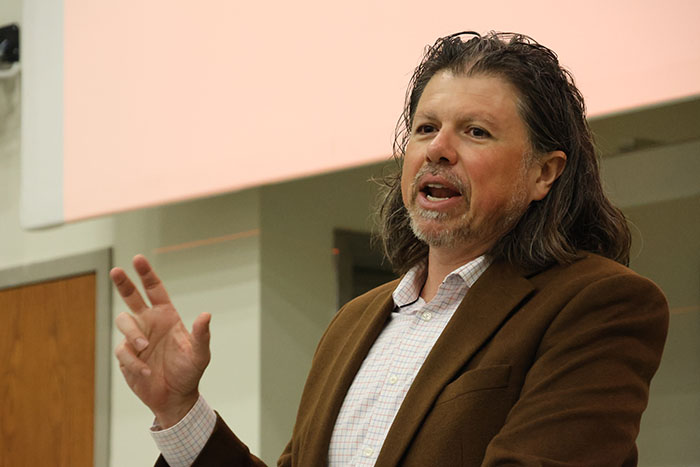
Rumors swirling around how much the top universities are paying for their athletes. Ohio State, Texas, Alabama, and Oregon are just some of the teams that have been rumored to have these funds for football. Other universities have not been able to make the transition as easy as others have. Across the nation have had to deal with closing down certain sports due to having to create budget cuts to bring in money for more income revenue sports. Because of this, many of the different ways the NIL situation is being handled from High School to College, has caused questions to arise about the next steps of NIL. These questions ultimately hold the athlete’s futures in their hands and will go down as a sports-defining moment either way it continues to unfold.
https://youtu.be/0c7RQwbA1fk
On the topic of NIL, we asked a couple members of the IU community their opinion. They shared their thoughts on the topic of managing NIL in a better way.
###


